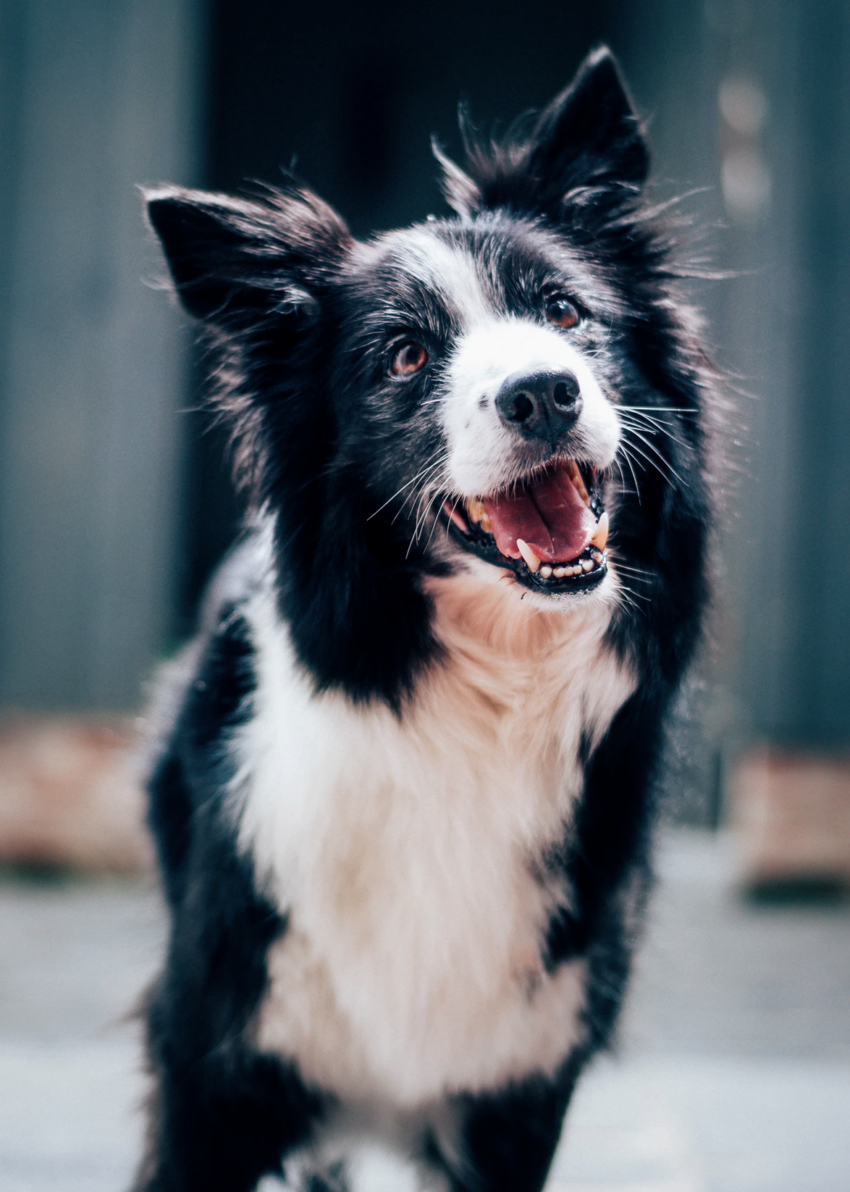Even in the world of training, concepts are thrown around with the implication that everyone else knows and agrees with the definition of said concept.
When it comes to training, and setting behavior goals, it is so much more valuable to be as specific about what we can observe in our dogs instead of labeling a “cluster” of qualities in our dogs with a vague definition such as “confident”.
One can think, for example, of a dog that is so confident that would without hesitation approach someone and aggress. It also begs the question: Is this a trait that we want in our confident dog? Or how about the dog that is so confident that takes it upon itself to harass younger dogs or those that appear “soft”? But what is a “soft” dog, anyway? I regress.
The best approach when using a concept is to carefully enlist the behaviors a confident dog normally engages in. And furthermore, to decide if all these behaviors are desirable behaviors for us or for society at large.
Here is the thing: If we keep to observational traits, it will be so much easier to describe what confidence looks like! One could then follow up with specific goals and training plans for our confident dog in need of some doggie manners or one that could become more “comfortable” overall.
I propose then that we think of confidence in dogs as a continuum versus a trait a dog possess because of its rearing and perhaps even its breeding. Let me explain: Deuce, my Border collie, is one of the “chilliest” dogs you could meet. So far, he has never moved away from a new person or if I recall a dog that he just met. Now, my very confident Deuce struggled for a long while for no apparent reason- as he is physically capable of jumping, with jumping into my car.
I would argue that this is the perfect picture of a dog that lacks confidence in his ability to jump high enough and effortlessly, to land safely inside a car. So, is he confident or not? Well, it depends. Yes, I would argue that overall, he engages in all sorts of situations with easiness, but not so much when it means jumping into a car.
Here is another example as to why using a concept without first defining it specifically is problematic. We were walking in town with Rio and Deuce as we approached a bridge-like-structure that had some spacing in between. Deuce buckled. After some encouragement in the form of happy talk and some treats, he was able to walk back and forth with less hesitation. Rio on the other hand, walked back and forth and would have been able to do so with her eyes closed and on her tippy-toes.
I consider Rio to be less comfortable than Deuce when it comes to meeting new people and even dogs. As you can see by my examples, “behaving” is always context specific!
I teach a class that I purposely named Developing the Confident Dog (see more details below). With the idea in mind that confidence is more of a continuum than a fixed trait.
What I like about this approach in defining “confidence/confident” is that it not only rings more factual to me but it presents us with the notion that our dogs can learn to be more capable and willing to investigate and engage with what is novel and even scary, with more ease and less hesitation.
Thinking of confidence as a developing set of behaviors also permit us to observe our dogs and become aware of situations where they could be more relaxed and even more engaged. Once we have identified these, we can help them out by a carefully planned behavior modification program. One that will build resilience and confidence.
Now back to my initial question: Is your dog confident? I am really hoping that you’ll take a moment before responding because you can now consider that being confident is not a “thing” or a “trait” but a way of behaving in very specific circumstances and perhaps a qualifying set of behaviors that we consider desirable.
My Developing the Confident Dog class is coming up on August 2nd.
The Details:
Class starts Monday, Aug 2nd runs Aug 27th. (We will meet every Friday for a 40- minutes long check-in via a private Facebook group from 11 am to 11:40 am.)
Fee: $322 (Santa Fe count tax included)
Open to six pet parents and their dog’s age four months of age and onward.
You can learn more and sign up here.

